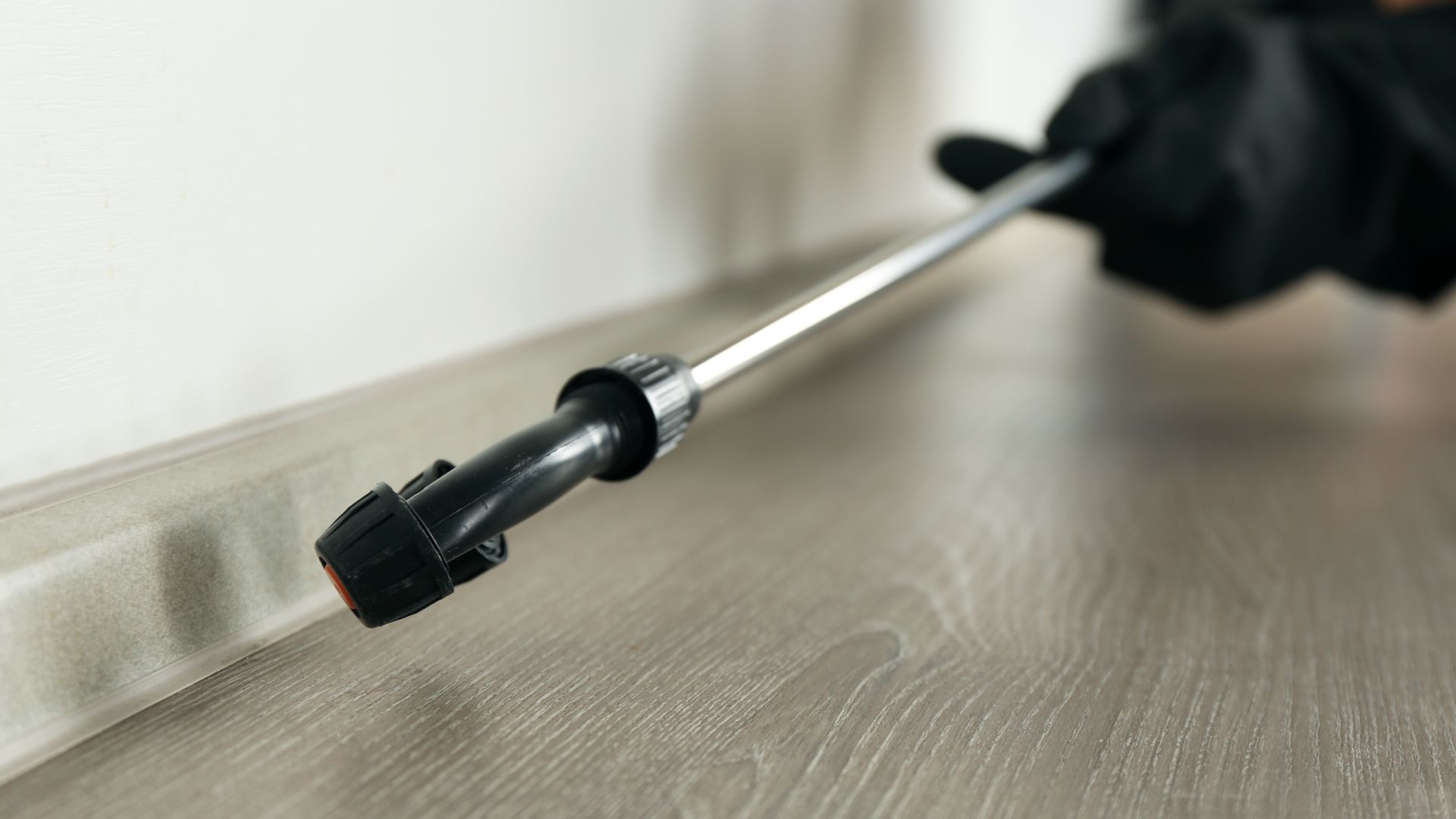
Bee Removal
Bee Removal Services
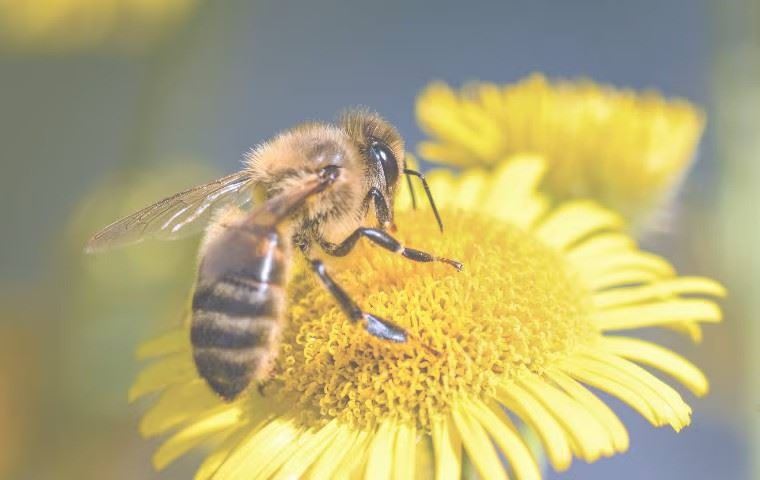
Miche Pest Control is a family owned and operated pest control company that provides residential and commercial bee removal services in Washington DC, Maryland & Northern Virginia. Our expert bee exterminators get rid of bee infestations fast, and use preventative methods to keep the bees from coming back after they've been removed. Miche Pest Control has a 4.9 star rating and over 1,000 reviews online - call today or book online!
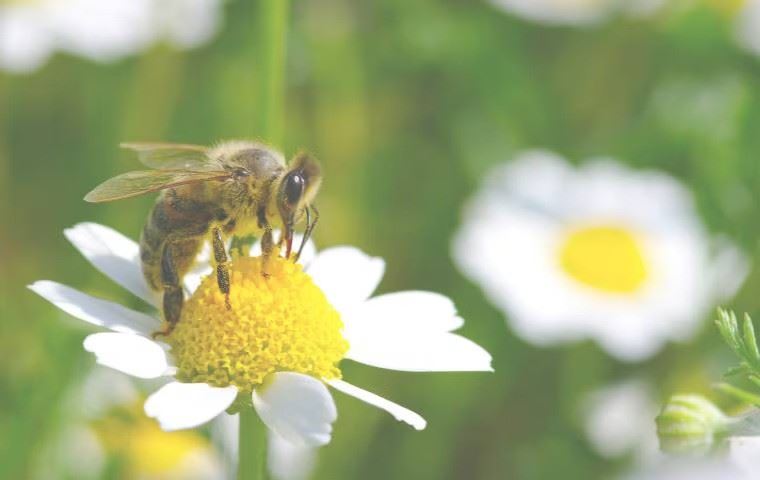
Bee Hive Removal
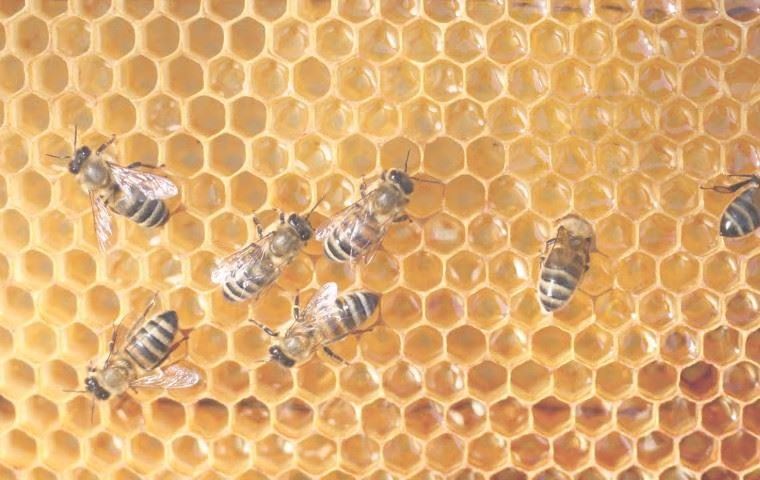
Extracting honey bees from buildings is considerably more difficult than collecting swarm clusters. When the colony is first established, only a few pounds of adult bees are present, but these bees rapidly build combs, collect honey, and begin to rear more bees. A well-established colony may have up to 100 pounds of honey, many pounds of adult and developing bees, and many beeswax combs. Removing such a nest is a challenge. The first step is to determine the exact location of the combs and size of the colony.
Although honey bees can be killed in place inside buildings by using pesticides that are labeled for killing bees inside of structures, this removal option often leads to undesirable consequences. If the adult bees fall into a large pile, they may hold their body moisture and rot in place, producing a very bad odor. Liquid from the decomposing mass frequently penetrates the structure, leading to costly repairs.
If the colony is well established, there are further issues associated with killing the colony. Unattended brood can also rot and become very odorous. Unattended honey stores can absorb moisture and ferment, creating gas that causes the cappings holding honey in the cells to burst. Gravity will start moving the honey down attached surfaces until it encounters a horizontal impediment, such as a window frame, doorframe, firebreak, ceiling, or floor. Honey then seeps through the drywall, leading to large amounts of cleanup and expensive replacement.
A better procedure than applying insecticides, especially if you have a beekeeper who is willing to help, may be to remove the bees without killing them. First the beekeeper will need to locate the nest. To take honey bees and their combs from the nesting spot often requires opening a fairly large hole in some portion of the building. That is best done by a professional contractor, so that the hole can be easily closed after the bees are removed.
If the bees are to be saved, the beekeeper gently removes them and their combs. This process may stimulate the bees to release an alarm pheromone that smells like bananas and increases defensive behavior, so everyone nearby must be fully clothed in a bee suit. If you can’t find a beekeeper to help, call a pest control company that is experienced with bee removal. Don’t try to remove the colony yourself unless you have experience and proper equipment.
Bee Exterminator
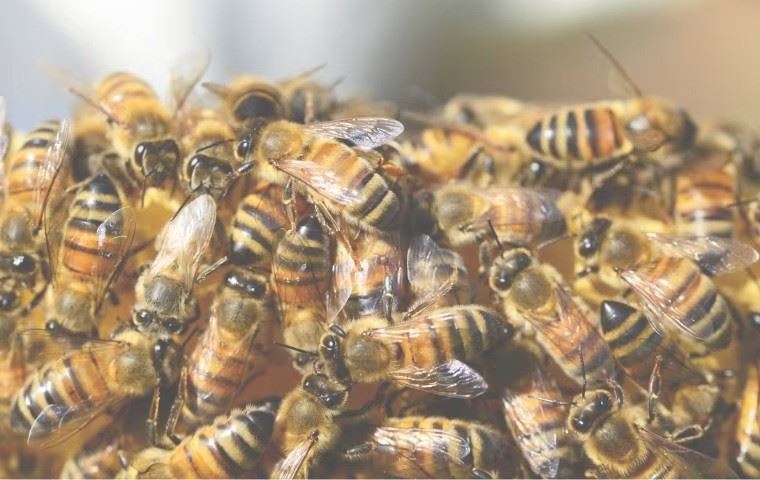
A professional bee exterminator company can perform a free inspection to assess the type of bees you’re dealing with. But if you’re curious, there are several ways to tell the different major types of bees apart, including their appearance and where they build their hives.
It’s important to note that pest control companies like Miche Pest Control will do everything they can to avoid harming beneficial pollinators like bumble bees and honey bees. These species have seen large declines, which has jeopardized our ecosystem. Luckily, some species are now protected. Many states have put protections in place, specifically banning the use of federally banned pesticides. However, it isn’t necessarily illegal to kill bees.
While you may consider bees a nuisance, remember that they can help your garden flourish and pollinate crops all over the world. It’s understandable to have concerns if you are allergic to bee stings. But otherwise, it’s best to leave them alone—unless they’re carpenter bees. This type of bee, also called the “wood bee” drills holes into wood to make its nest, causing structural damage over time.
Bee Trappers
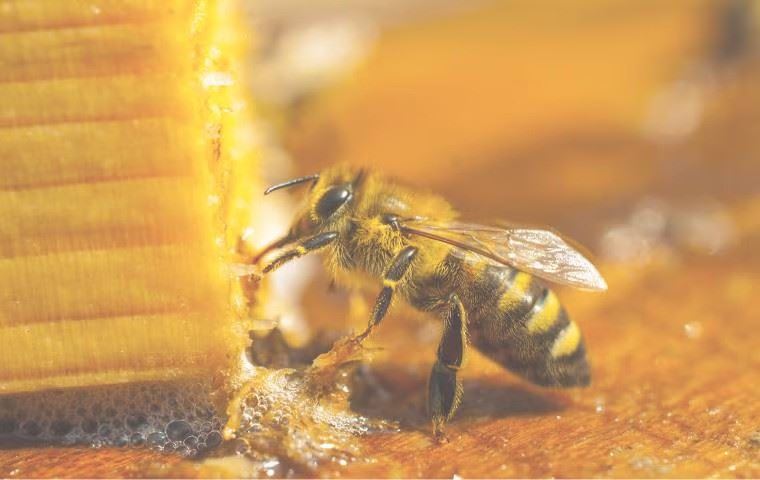
Despite the benefits of bees, and possible risks of capturing them, some people still turn to developing homemade traps. A popular method for creating a trap for bees involves cutting a recycled liter bottle about one-third of the way down. The top piece is then flipped and placed upside down in the bottom piece of the bottle so that it resembles a funnel. To secure both pieces in place, tape is applied to the sides. This is followed by adding bait in the form of meat, sugary liquids or dish soap, to attract bees to the inside of the trap.
This type of bee trap, however, poses an issue for a number of reasons. Bees caught within the trap will die after a few days, which is not beneficial to the ecosystem, and can also be dangerous. In addition, this type of trap might attract more aggressive bees and wasps, including yellowjackets and hornets. A pest management professional should be called if you suspect yellowjackets or hornets near your home. Special equipment might be necessary for moving swarms of bees or a colony of bees trapped between walls. Before making a trap for bees, consider the risks and make the right call.
Bee Control
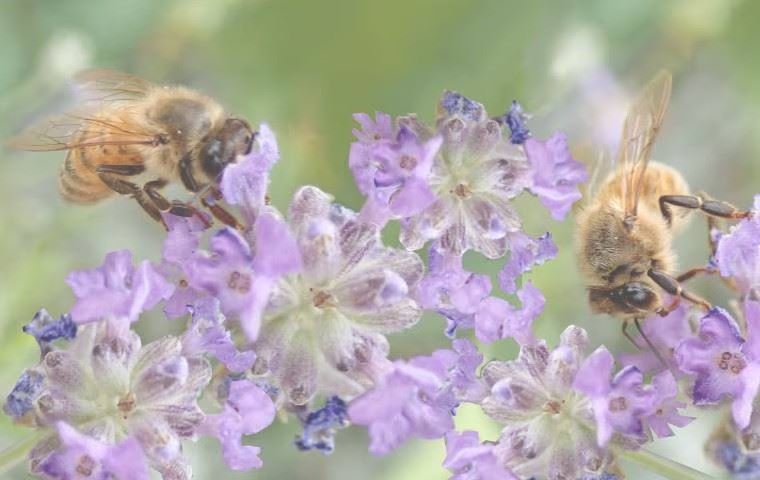
It is not advisable to approach a colony, hive, or swarm of honey bees without first putting on a complete bee suit. Anyone attacked should run quickly until they reach shelter such as a vehicle or building, and then begin to remove any stingers. If you observe somebody else being attacked, advise them to run to shelter, but you should not attempt to assist unless properly suited-up, as you will also be attacked by the bees. For honey bee swarmers found in the yard, contact a local beekeeper interested in removing swarms.
Managing honey bees and preventing them from foraging and nesting around the home is advised, especially if small children or allergic people are present. Discouragement consists of the removal or preventing access to any sugar, food, or water which may be attractive to bees, such as soda cans, flowers, water dishes, etc. It’s also recommended that flowering vegetation be located away from doorways, decks, sidewalks, mailboxes, and other areas frequented by people. Also, lawns should be kept free of white clover and flowering seeds. If you have any further questions, Miche Pest Control can help with information on honey bee treatment and management. Contact us today!

Hear From Our Happy Customers
-
"Wonderful Service"
Wonderful service. Jarvis is great. Took care of everything I needed. Thank you!
- Henry P. -
"Great Communication"
Tech was on time, communication was great, and he accommodated my needs.
- Alonzo W. -
"Exceeds Expectations"
I can’t say enough positive things about this company... The tech that came out, Jarvis went above and beyond my expectations. Thank you guys, I will continue using your services.
- Jake M. -
"Fantastic & Patient"
Jarvis was fantastic and patient. He answered my questions with an in-depth explanation and addressed all of my areas of concern. Would love for him to be my assigned tech going forward. Well done!
- Yonnette M. -
"Professional & Considerate"
I’m pleased with Miche services. Jarvis came today. Professional and considerate. Thank you!
- Judy B. -
"Very Knowledgeable"
The tech that arrived was courteous, professional, and very knowledgeable. He was Great.
- Uerial I.
